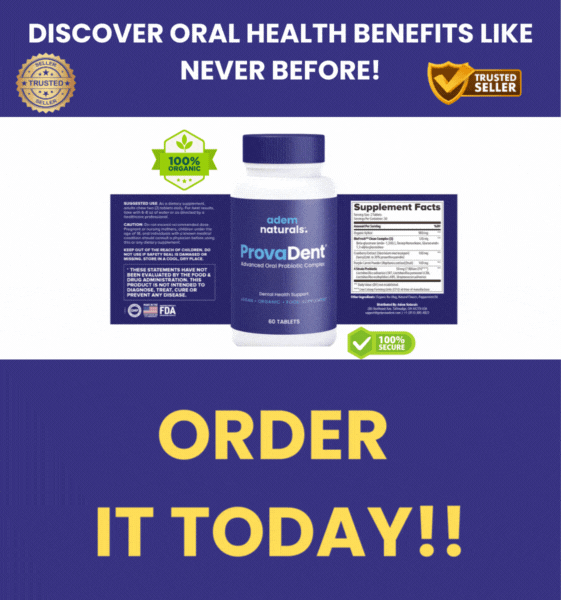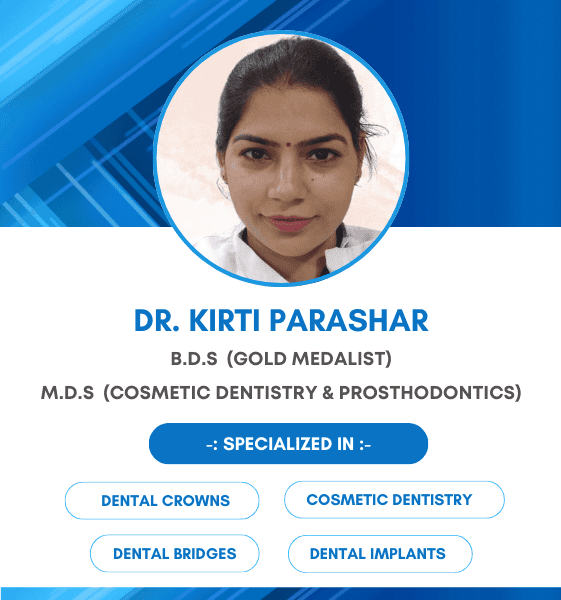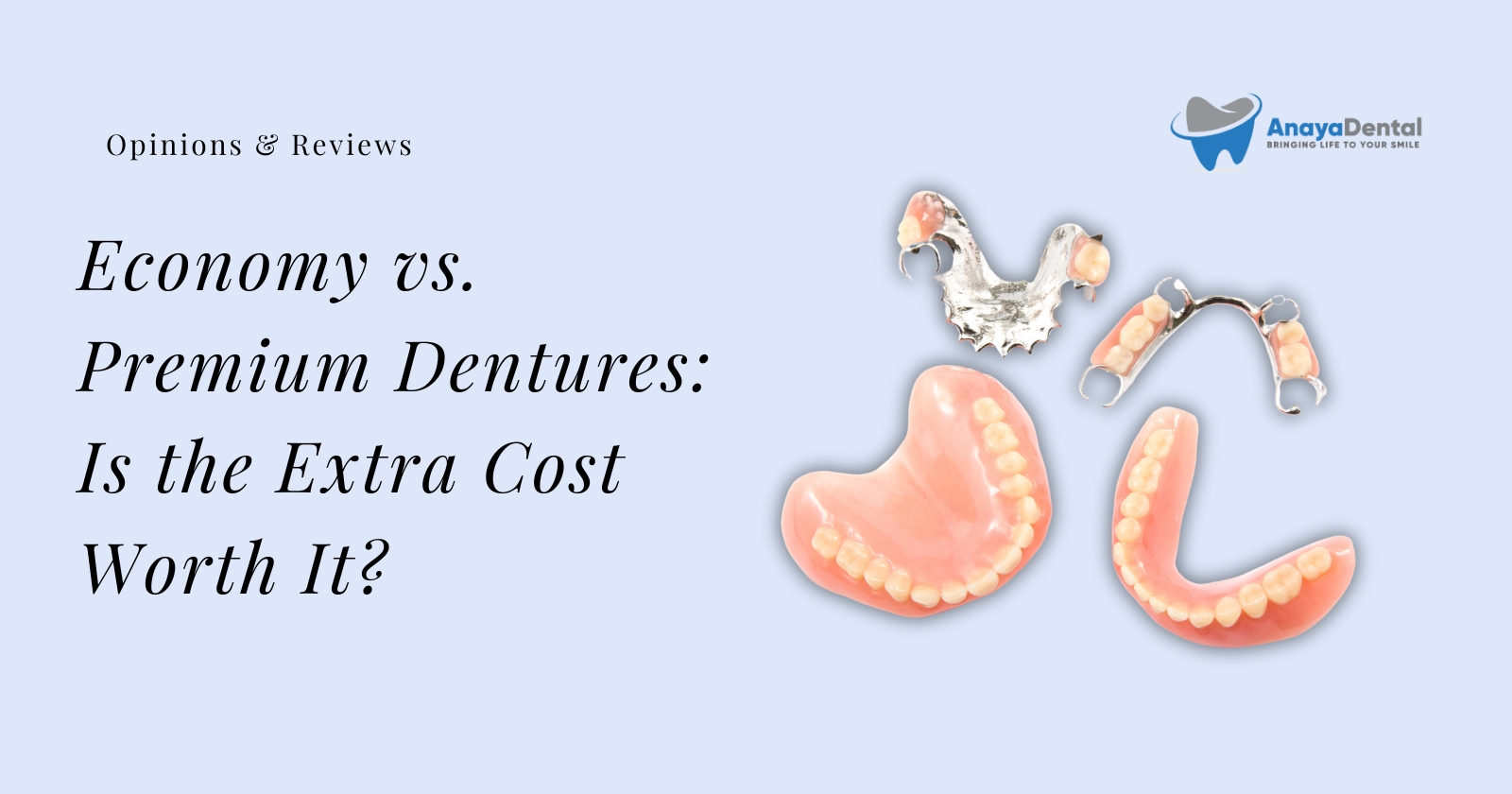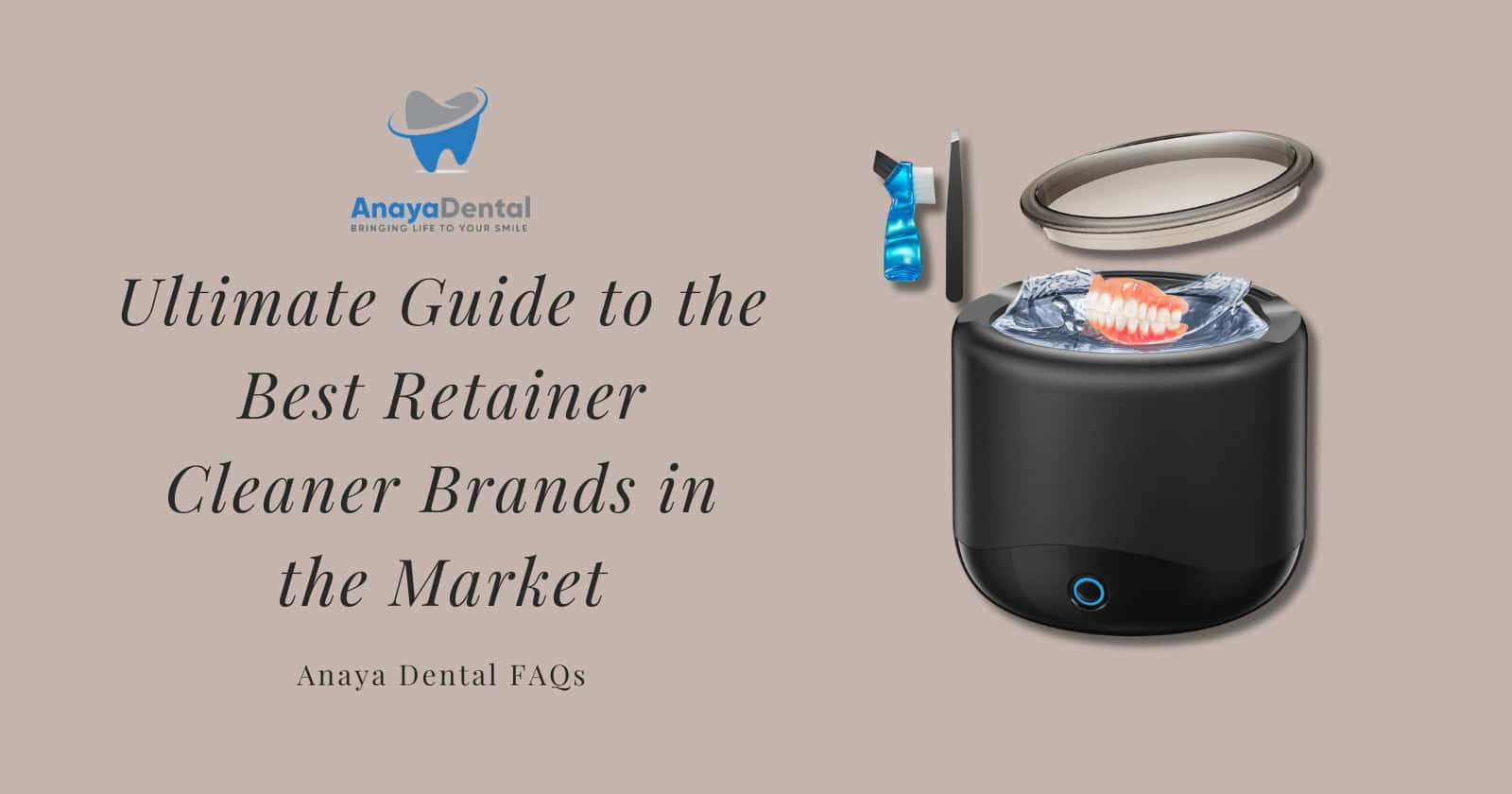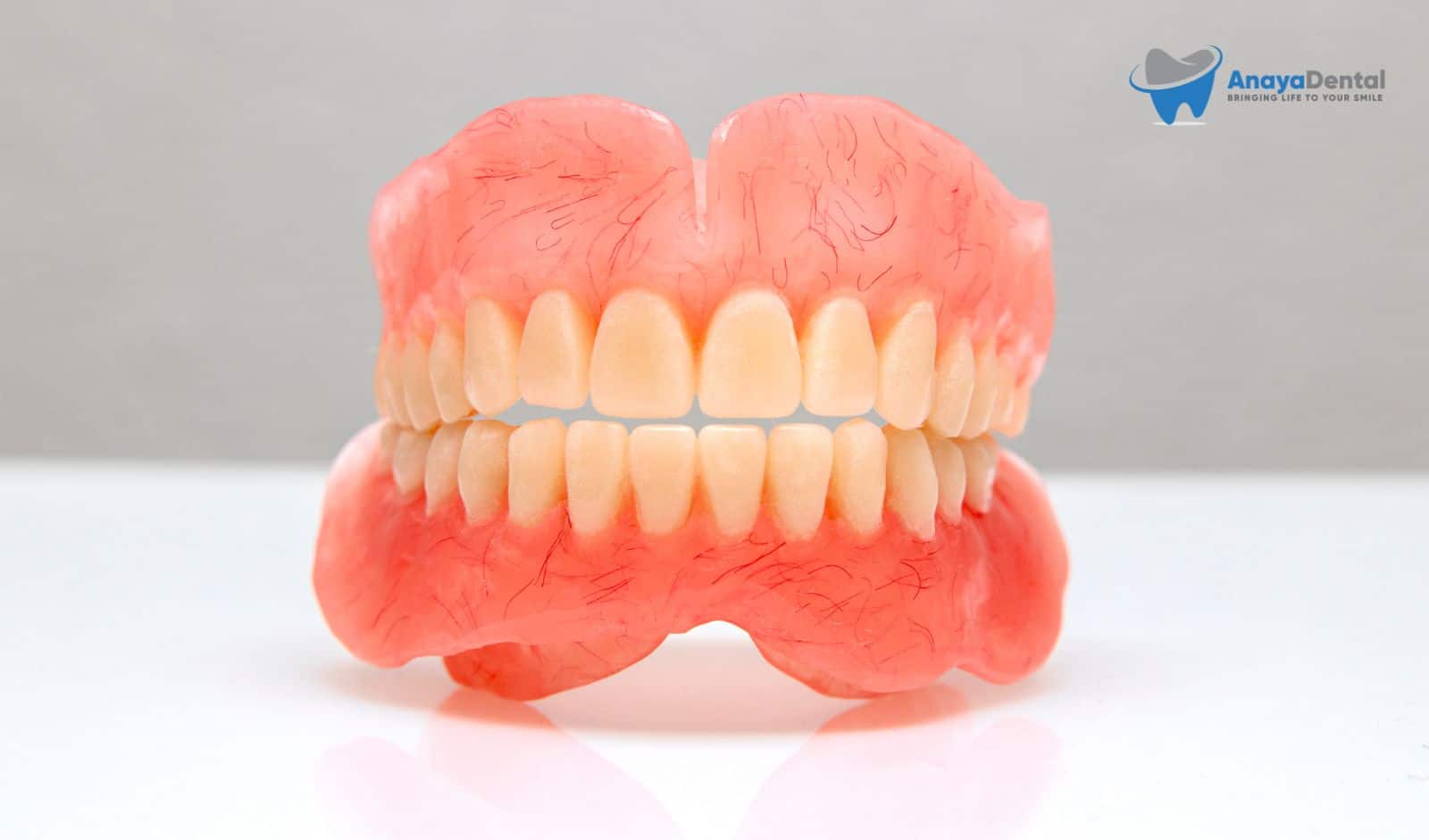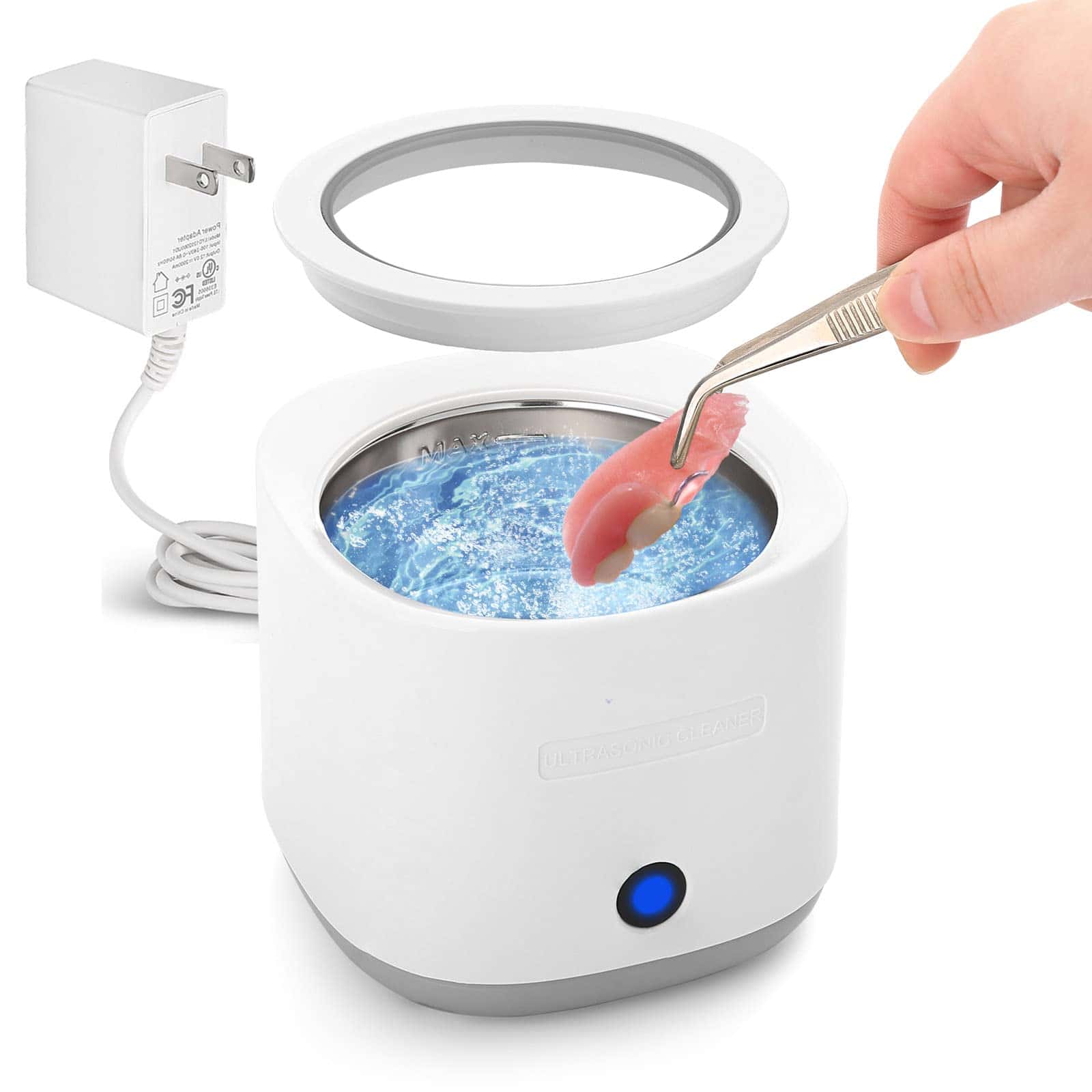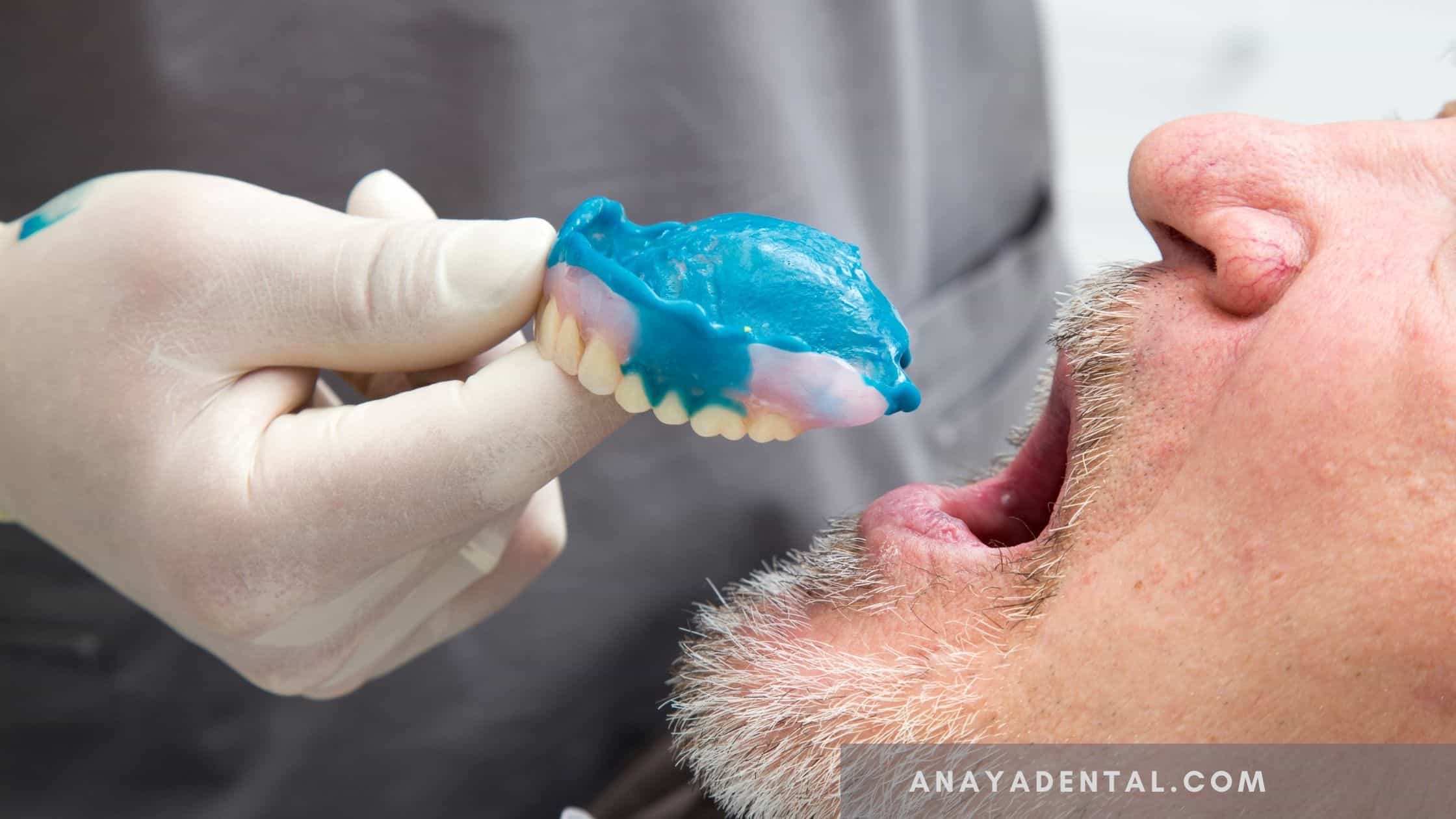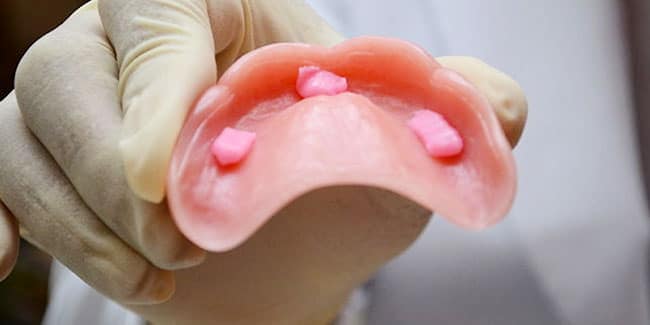A cast partial denture fills in the spaces left by missing teeth in the mouth by supporting one or more artificial teeth on a detachable plate or frame. It is constructed from a cast metal framework on which acrylic resin prosthetic teeth are attached. Mostly, these dentures are utilized when the remaining teeth are in good condition. They are advantageous for dental health, attractiveness, and performance. Cast partial dentures stabilize and maintain the remaining teeth to allow proper chewing and speech while preventing neighboring teeth from slipping.
They act as an alternative to dental implants or fixed bridges, offering a comfortable and secure fit that is tailored to each patient’s unique oral anatomy.
Patients can enhance their overall oral health even if they have partial tooth loss.
Try Our Dental Calculators
In discussing these advantages and disadvantages with their patients, dentists must consider each patient’s specific needs, oral health problems, and treatment goals. With comprehensive information, patients can make informed decisions about dental replacement options and oral health.
What is a cast partial denture (CPD)?
Traditionally, removable dentures are made up of acrylic plates, and resin teeth are used. As compared to RPD, cast metal frameworks have more benefits. The frameworks for these dentures are designed specifically to fit the teeth. Because they are attached and rest on the teeth, they are incredibly stable and retentive. In a cast partial denture, a cast metal framework is fabricated within which acrylic resin teeth are set. Cast partial dentures are stronger, more retentive, and less durable than traditional acrylic partial dentures.
Indications of Cast Partial Denture
- CPDs are preferred for multiple missing teeth on longer edentulous arches. They can take support from tissues along with ridges.
- Patient under age of 17 years, as Fixed partial dentures are contraindicated in such patients (larger dental pulps and insufficient crown height)
- When there are no teeth posterior to edentulous area
- When periodontal (gum) support of remaining teeth is poor (fixed partial denture is contraindicated in such cases),
- When there is extensive bone loss or any trauma to the ridge
- Removable prosthesis are customised according to aesthetics to give them a more natural appearance
- Immediately after tooth extraction
- Patient with physical and emotional problems
Cast partial dentures are avoided in
- Patients with poor neuromuscular coordination and mentally retarded patients
- Patient with large tongue
Procedure of Cast Partial Denture
The process of fabricating a cast partial denture is complex and complicated. Here, we will discuss the steps of cast partial denture making in some simple steps:
Diagnosis
The dentist will evaluate certain conditions in the oral cavity, like whether you are a suitable patient for a cast partial denture or not. If all conditions are appropriate, the dentist will proceed with treatment planning.
Treatment planning
After properly evaluating the diagnostic data, your dentist will develop a mental picture about the type of denture. In this process, a tentative outcome is evaluated and planned accordingly.
Both procedures can be performed on the first visit. The treatment procedure is explained to you by the dentist to further continue the treatment.
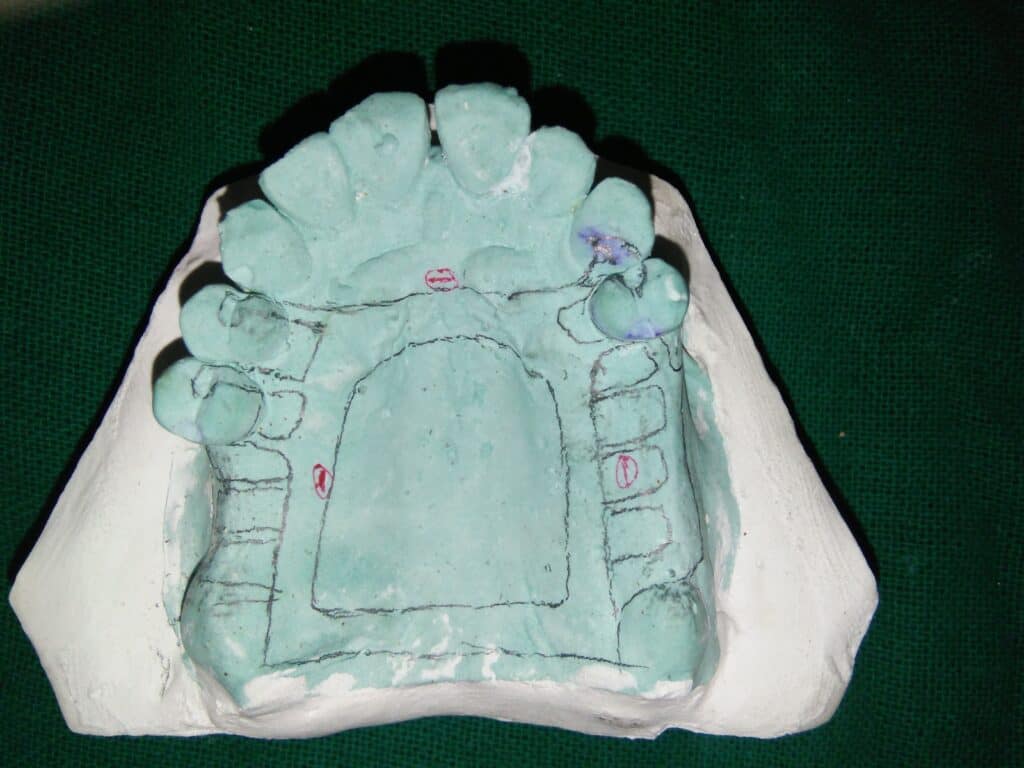
Pre-prosthetic procedure
This part involves the beginning of the dental procedure in order to eliminate interferences in the process of the treatment, e.g., extraction, any gum treatment, orthodontic treatment, filling, or restoration.
Impressions
Impressions of upper and lower jaws are taken by the dentist, and study models are prepared.
The design of the prosthesis is decided on the basis of study models. Various components, their location, and materials are also determined for each part of the prosthesis.
Mouth preparation
The dentist will change the contour of the natural teeth after designing the procedure. It will help in the retention of the removable plate of the partial denture.
Final impression
After the mouth preparation part, the final impression of the upper and lower jaws is made.

Framework fabrication
The dentist will hand over the impression to the lab technician, and the technician will fabricate the cast metal framework in the laboratory.
Trial of framework
The fit of the framework and any occlusal interference of the framework is examined thoroughly and adjusted accordingly.
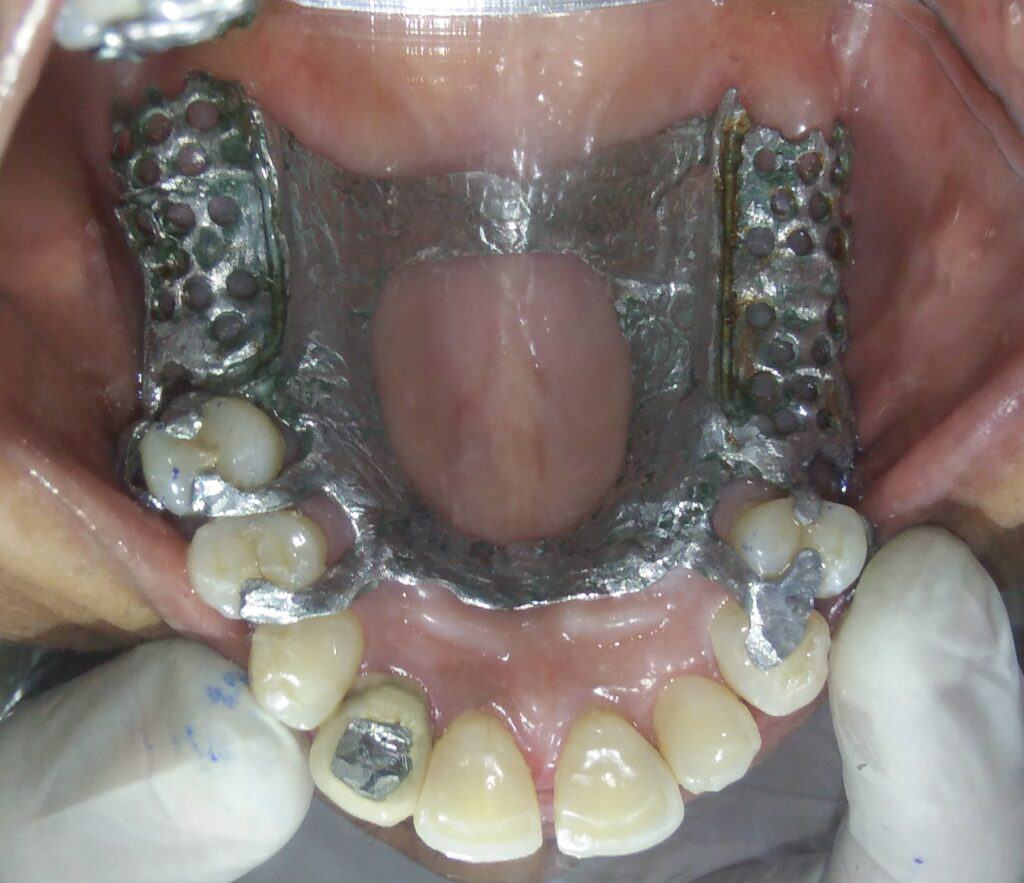
Fabrication of trial prosthesis
A bite of the upper and lower jaws is taken by the dentist (occlusal impression). Then, tooth selection is done according to the aesthetics and your choice.
Try-in of trial denture
The try-in denture with a complete set of teeth is placed in the patient’s mouth by the dentist. It is evaluated for aesthetics, functionality, retention, and phonetics. Then, it is transferred to the laboratory for final fabrication, finishing, and polishing.
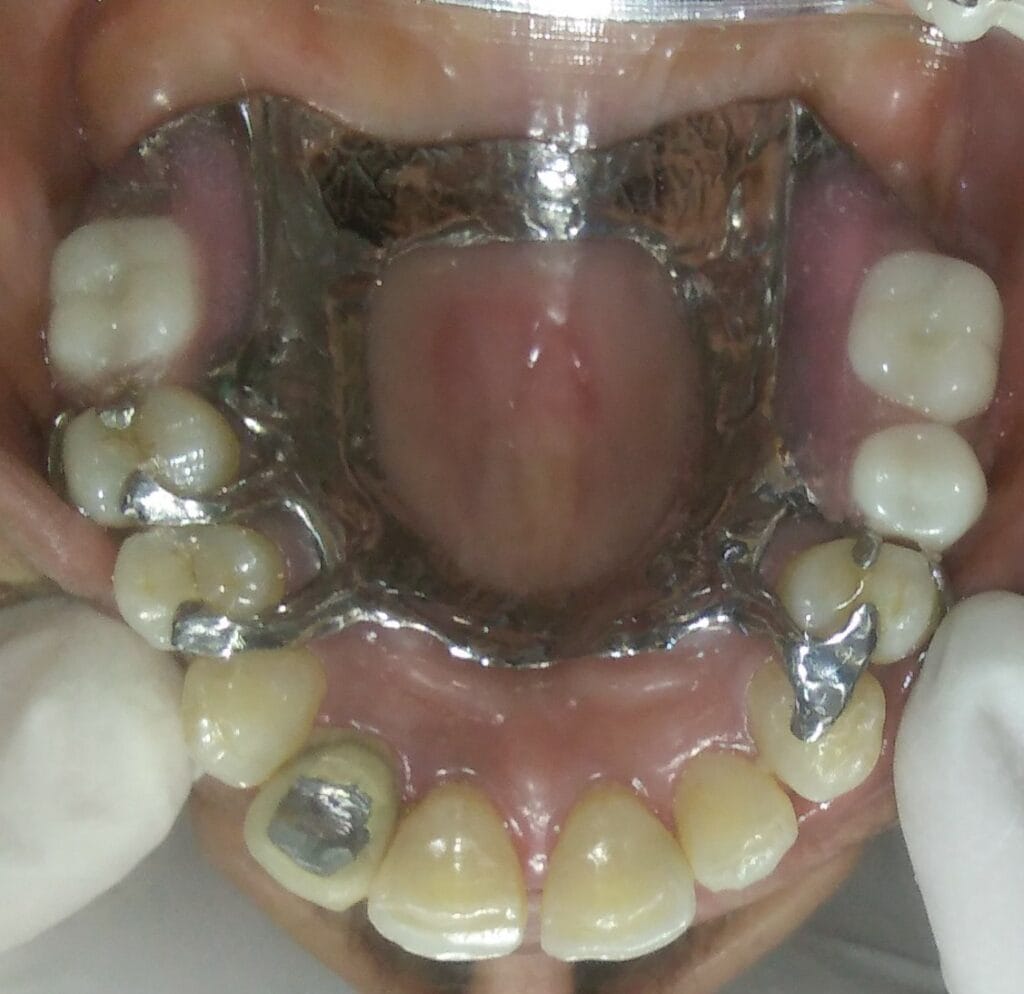
Cast partial denture insertion
CPD is inserted and evaluated by the dentist. The dentist will examine for any occlusal interference or minor errors
Finally, esthetics, phonetics, retention, and stability are checked. Adjustments are done, and the denture is delivered with post delivery instructions.
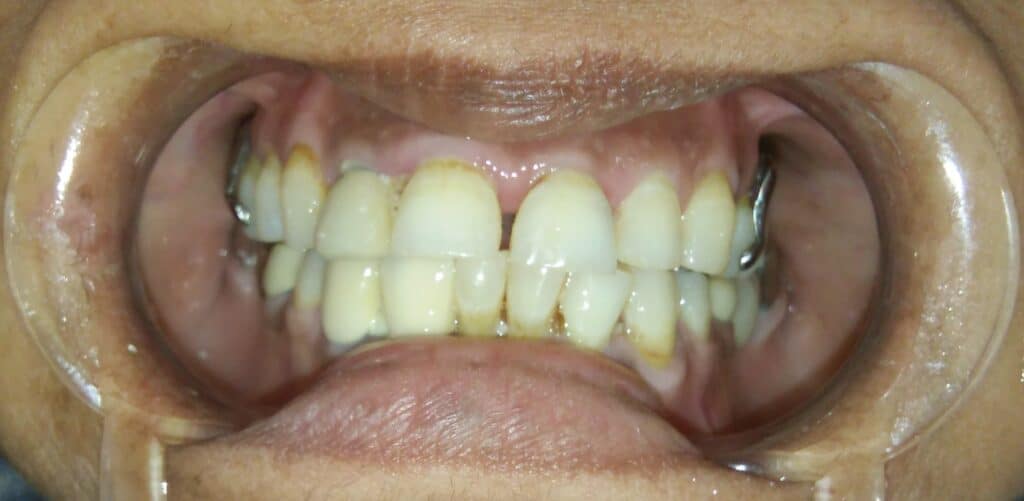
Follow up
Follow up is done after 3–4 days of denture delivery.
The dentist will examine for any problems like ulcers, retention, or stability in any occlusal problems. Any minor errors are modified accordingly
The patient is recalled frequently to evaluate the tissue response, obtain feedback, and determine periodically the success of the denture.
If there is still a problem even after adjustments, you should contact your dentist immediately.
Advantages of cast partial denture
- As it is removable, it is simple to remove by patient and easy to maintain good oral hygiene
- Do not require any invasive surgery or complex procedure like implants
- It helps to preserve the natural teeth by evenly distributing the biting force
- They provide a more natural look as they are customized according to aesthetic requirements.
- The movement of denture helps in providing massage effect on underlying bone and soft tissues
Disadvantages of cast partial denture
- It’s fabrication process is bit complicated and lengthy
- Regular relining and rebasing are very difficult
- Speech and eating habits get hampered during the first few days. It requires patient motivation to practice.
- Ulcers or pain can occur initially due to the removable plate. but, it can be adjusted for regular follow up visits.
- The use of cast metals for framework fabrication makes it inconvenient for the patient.
Alternatives to a partial denture
- Dental bridge: It is a fixed option as compared to cast partial denture. But, dental bridge is possible only if abutment teeth are available for support.
- Dental implants: It is also a good alternative, as implants are fixed and long lasting. But implants are expensive and require surgical procedures.
- Acrylic dentures
After a proper diagnosis and treatment planning, your dentist will describe the possible treatment options. Every treatment option has it’s own pros and cons. With consideration for each patient’s specific needs, oral health concerns, and treatment goals, dentists must discuss these advantages and disadvantages with their patients. With comprehensive information, patients can make informed decisions about dental replacement options and oral health.

